The tongue, as a mirror of health, and tongue diagnosis, as a unique and exquisite diagnostic method, has been revered by practitioners for thousands of years.
By observing the subtle changes in various characteristics of the tongue, doctors can gain insights into the health status of the body, and this utility has recently been confirmed by modern science.
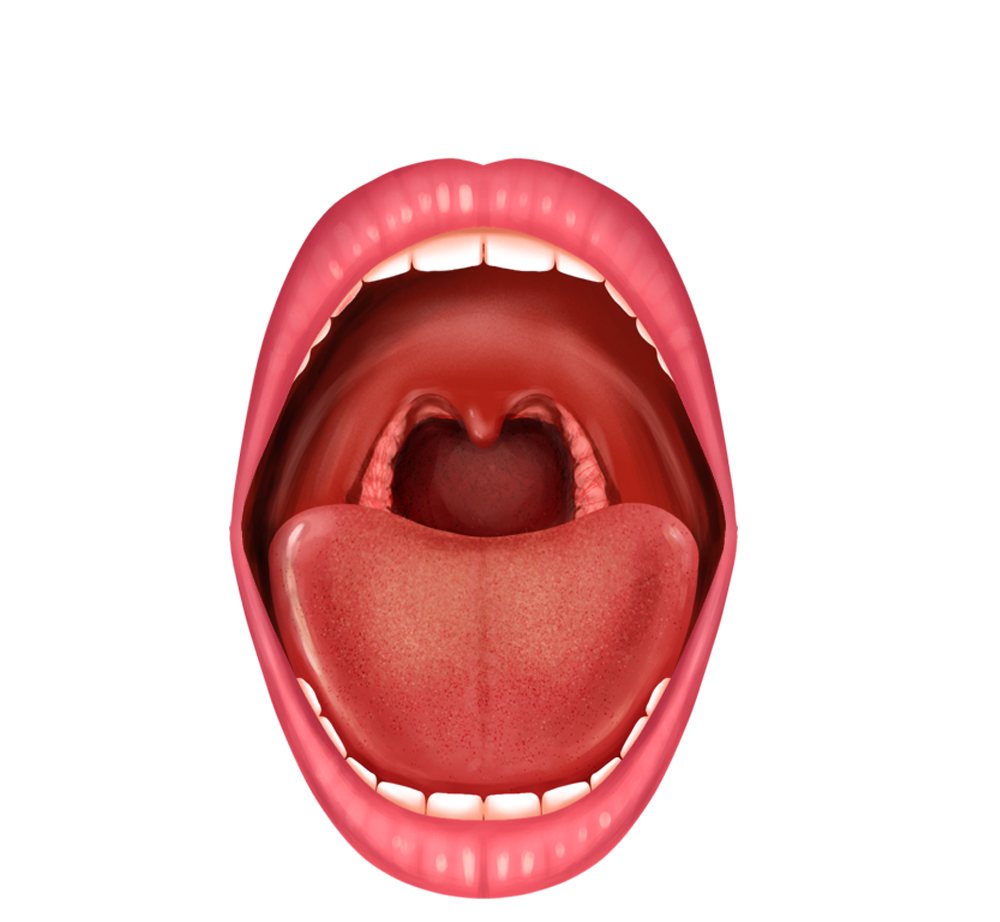
“Observing the Tongue to Diagnose Illness” Has Been Confirmed
A paper published in the journal “Technology” introduces an artificial intelligence technology that researchers used to achieve the skill of “observing the tongue to diagnose illness.”
The researchers used 5,260 images to train the machine to predict tongue color under different lighting conditions and matched abnormal tongue colors with diseases, achieving an accuracy rate of 98%. Subsequently, they input 60 images of abnormal tongues into the system, and the diagnostic accuracy reached 96.6%.
The researchers then began to perform “observation diagnosis” on real patients—using a camera placed 20 centimeters away from the patient to capture the tongue color, the imaging system could display possible diseases and predict their health status in real-time.
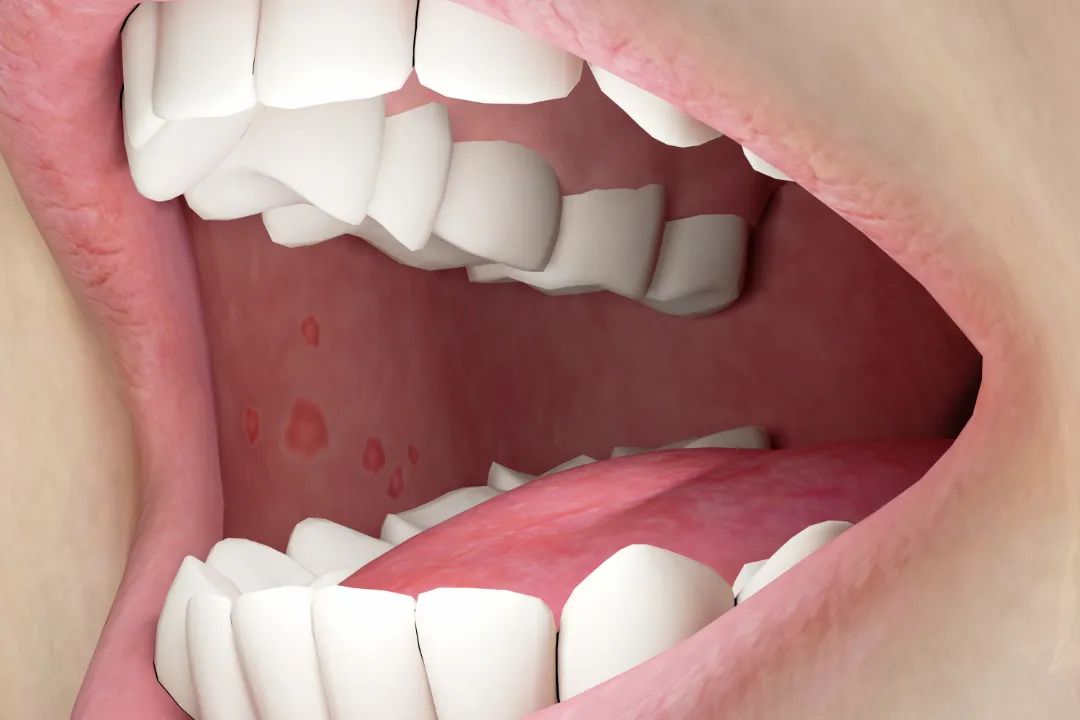
The history of tongue observation can be traced back over two thousand years, with the ancient Chinese medical classic “Huangdi Neijing” detailing the relationship between the tongue and internal organs. Through continuous practice and summarization, tongue diagnosis has gradually become an indispensable part of the TCM diagnostic system.
10 Types of Tongue Appearance That May Indicate Illness
If the tongue shows changes in color, shape, or coating, it may indicate health issues or even diseases.
 Tongue Color
Tongue Color
Pale White Tongue: The tongue color is lighter than normal, with more white and less red, indicating a pale white tongue. If red is extremely rare or absent, it suggests a severe condition known as a “withered white tongue.” A pale white tongue often indicates Qi deficiency, blood deficiency, or both Qi and blood deficiency, as well as deficiency-cold.
Red Tongue: Generally indicates excess heat in the body or Yin deficiency leading to heat. If there are red spots or prickles on the tongue surface, they represent excessive heart fire, gastrointestinal heat, or liver-gallbladder fire.
Clinically, acute stroke patients often have an abnormally red tongue; Helicobacter pylori infection may present with a slightly red tongue with white spots.
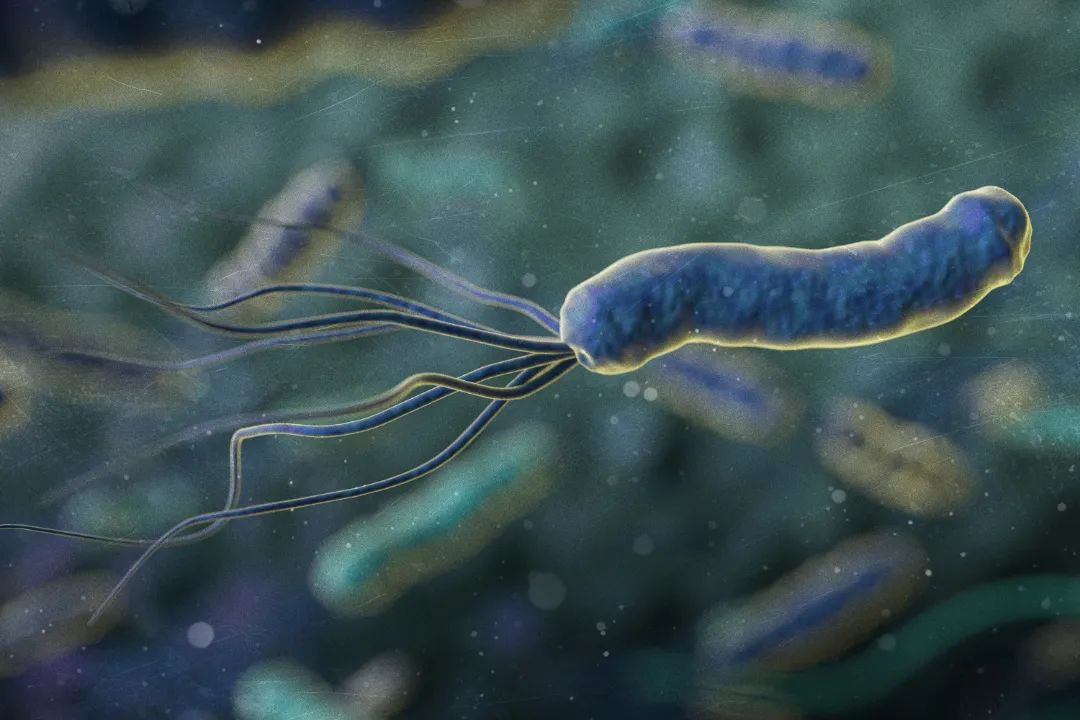
Purple Tongue: Commonly seen in individuals with poor blood circulation, such as in cold syndrome, heat syndrome, or blood stasis syndrome. A dark purple tongue may indicate hyperlipidemia, cor pulmonale, etc.; cancer patients may also present with a purple tongue that has a thick greasy feel; a bluish-purple tongue suggests vascular, gastrointestinal, or asthma issues.
Yellow Tongue: A yellow coating on the tongue usually indicates damp-heat. If accompanied by thirst, it may suggest excessive liver fire and could be related to liver-gallbladder issues (such as infection or inflammation). This condition requires timely liver examination and regulation of spleen and stomach function.
 Tongue Coating
Tongue Coating
Thick Coating: May indicate a worsening condition or gastrointestinal stagnation.
If the coating is thick and yellow, it often indicates internal heat or food stagnation; if it is thick and white, it usually indicates excessive damp-phlegm. In cases of cold or systemic infections, infants, the elderly, and immunocompromised individuals may also present with thick coating due to fungal infections.
Dry Coating: Refers to a dry and rough texture, indicating a lack of moisture. Dry coating suggests that body fluids have been damaged.
Greasy Coating: Mostly caused by evil Qi combined with dampness and turbidity affecting the tongue surface, related to dampness, phlegm, or food stagnation. A yellow greasy coating often indicates damp-heat; a white greasy coating usually indicates cold-damp.
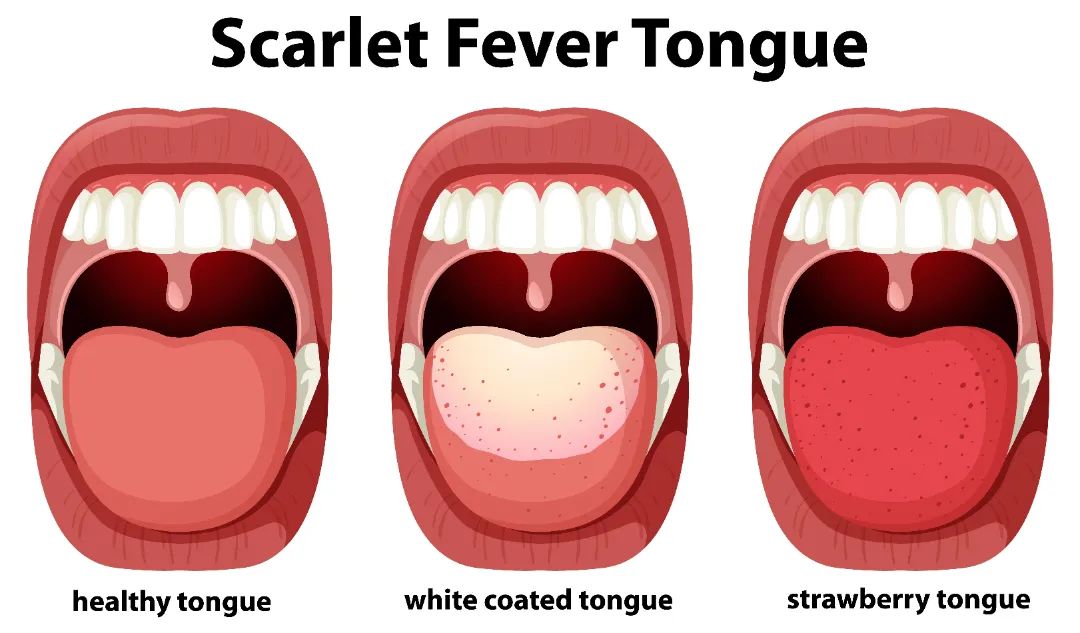
 Tongue Shape
Tongue Shape
Swollen Tongue: The tongue is swollen and has teeth marks on the edges, often caused by spleen deficiency with excessive dampness or Yang Qi deficiency. If the coating is thick and yellow, it may be accompanied by damp-heat.
Thin Red Tongue: A thin and red tongue often indicates Yin deficiency with excessive fire or a lack of nutrition.
Cracked Tongue: Also known as “geographic tongue,” refers to the appearance of intersecting cracks or fissures on the tongue surface, resembling a map.
Shallow cracks on the tongue are mainly caused by atrophy of the tongue mucosa, which may be related to malnutrition, xerostomia, chronic oral inflammation, etc. Deep cracks may result from tongue atrophy due to neurological conditions, Parkinson’s disease, amyotrophic lateral sclerosis, etc.What Does a Healthy Tongue Look Like?
A normal tongue appearance can be summarized in six words: “pale red tongue, thin white coating.” The tongue body is soft and flexible, and the normal coating is thin and white, formed by the stomach Qi rising. When the Qi of the spleen and stomach is abundant and flowing smoothly, the tongue can absorb strength and nutrients, resulting in this state. Therefore, a healthy tongue appearance also reflects the harmony of Qi and blood within the body and the smooth flow of organ Qi.
Some images and texts are sourced from the internet; please contact for removal if there is any infringement.
★ Featured TCM Science ★


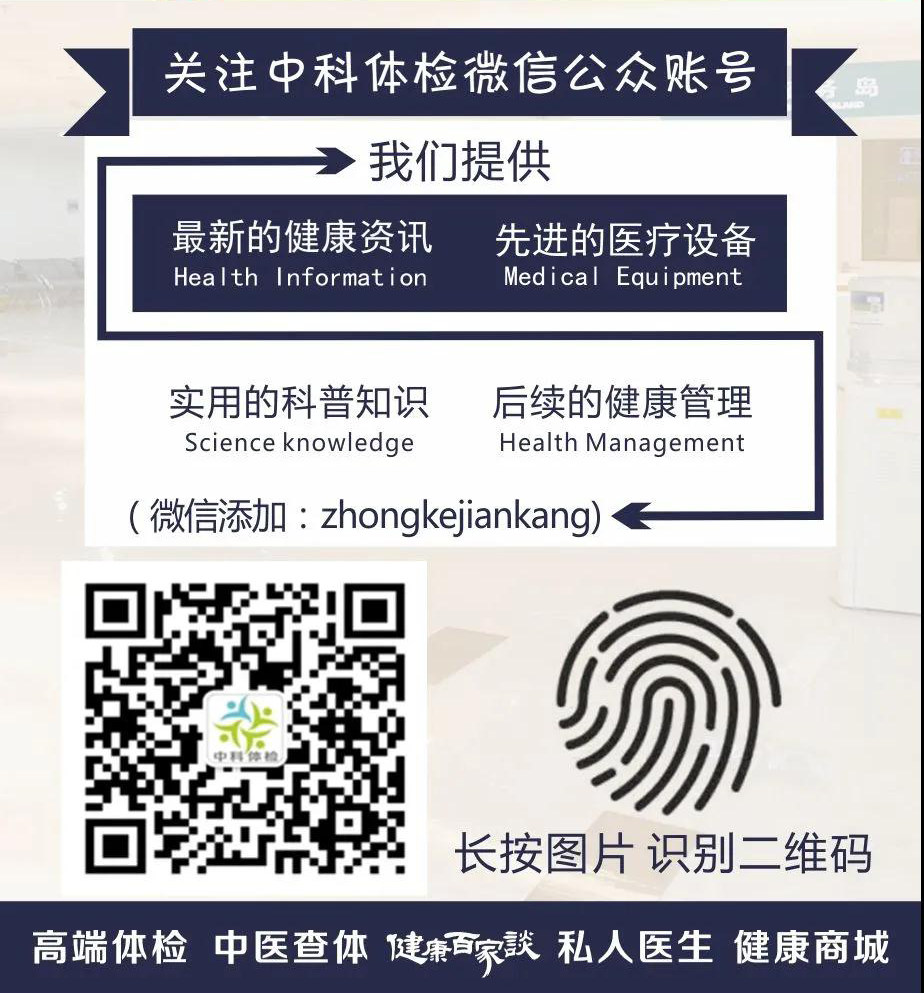

Click “Read the Original Text” to recharge together!

